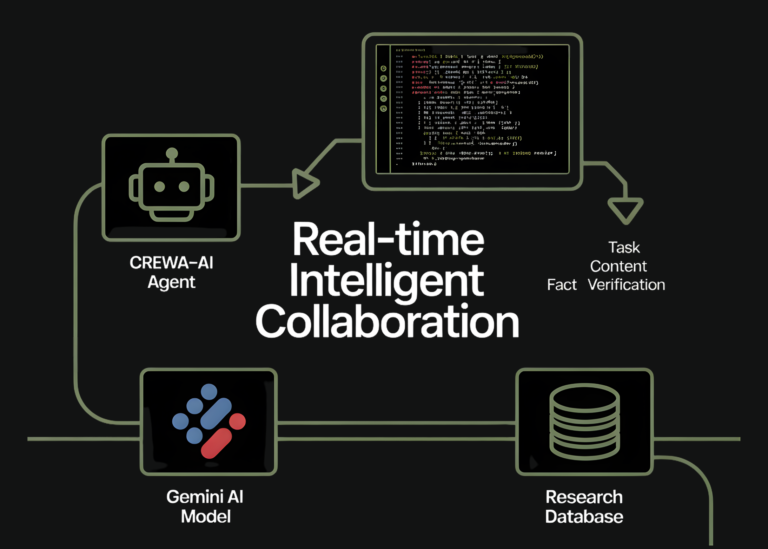AI Tools for Improving Customer Segmentation: A New Era of Precision and Personalization
In today’s competitive business landscape, understanding customers is no longer just an advantage—it’s a necessity. Customer segmentation, the practice of dividing a customer base into distinct groups based on shared characteristics, has evolved significantly. Traditional methods, which relied on demographics or transactional data, are being augmented—and in many cases, replaced—by artificial intelligence (AI). AI-driven tools are revolutionizing how businesses identify, analyze, and engage with their audiences, enabling hyper-personalized strategies and actionable insights.
The Evolution of Customer Segmentation
Customer segmentation has long been a cornerstone of marketing. Early approaches focused on broad categories like age, gender, or income. However, these methods often failed to capture the complexity of customer behavior. With the rise of digital platforms, businesses now have access to vast amounts of data, including browsing patterns, social media interactions, and real-time feedback. This data explosion has made traditional segmentation insufficient, paving the way for AI to take center stage.
How AI Enhances Customer Segmentation
AI transforms customer segmentation by leveraging advanced algorithms and machine learning models to process and interpret data in ways previously unimaginable. Here’s how:
1. Advanced Data Processing
AI excels at analyzing both structured (e.g., sales records, demographics) and unstructured data (e.g., social media posts, customer reviews). Natural Language Processing (NLP) tools, for instance, can extract sentiment and intent from text, enabling businesses to understand customer preferences beyond numerical metrics.
2. Predictive Analytics
Machine learning models can predict future customer behavior, such as likelihood to purchase, churn risk, or response to marketing campaigns. This allows companies to proactively tailor strategies to specific segments.
3. Dynamic and Micro-Targeting
AI identifies subtle patterns and creates micro-segments that traditional methods miss. For example, it can group customers based on similar browsing behaviors, even if their demographics differ. This leads to more precise targeting and higher engagement.
Key AI Tools and Technologies
Several AI-powered tools and platforms are reshaping customer segmentation:
1. Machine Learning Algorithms
- Clustering Algorithms (e.g., K-means, DBSCAN) group customers based on similarities in behavior or preferences.
- Classification Models (e.g., decision trees, neural networks) predict which segment a customer belongs to, enabling proactive personalization.
2. Predictive Analytics Platforms
Tools like Google Cloud’s AI and IBM Watson use historical data to forecast trends and customer needs, allowing businesses to refine their segmentation strategies.
3. Customer Relationship Management (CRM) Integrations
Platforms like Salesforce Einstein and HubSpot integrate AI to analyze customer interactions, providing real-time insights for segmentation.
4. NLP and Sentiment Analysis Tools
Tools such as MonkeyLearn and MeaningCloud process customer feedback, social media, and support tickets to uncover hidden patterns and preferences.
5. Real-Time Analytics
AI-powered systems like Apache Flink and Snowflake enable businesses to update segments dynamically, ensuring strategies adapt to changing customer behaviors.
Real-World Applications and Case Studies
- E-commerce: A leading retailer used AI to segment customers based on browsing and purchase history, resulting in a 30% increase in personalized product recommendations.
- Healthcare: Hospitals leveraged AI to identify high-risk patient groups, improving targeted outreach and preventive care.
- Finance: Banks employed machine learning to detect fraudulent behavior and segment customers for tailored financial products, boosting customer retention.
Challenges and Considerations
While AI offers transformative potential, challenges remain:
- Data Quality: AI relies on accurate, comprehensive data. Poor data hygiene can lead to biased or incorrect segments.
- Privacy Concerns: Businesses must navigate regulations like GDPR to ensure ethical data usage.
- Implementation Complexity: Integrating AI tools requires technical expertise and investment.
Conclusion
AI is not just a tool—it’s a paradigm shift in customer segmentation. By unlocking deeper insights, enabling real-time adaptability, and facilitating hyper-personalization, AI empowers businesses to connect with customers in meaningful ways. As technology continues to advance, the ability to segment audiences with precision will become a critical differentiator. For companies willing to embrace AI, the rewards—enhanced customer loyalty, increased efficiency, and sustained growth—are substantial.
In the end, the future of customer segmentation lies in the synergy between human intuition and AI’s analytical power, creating a more dynamic and responsive approach to understanding the ever-evolving consumer.







